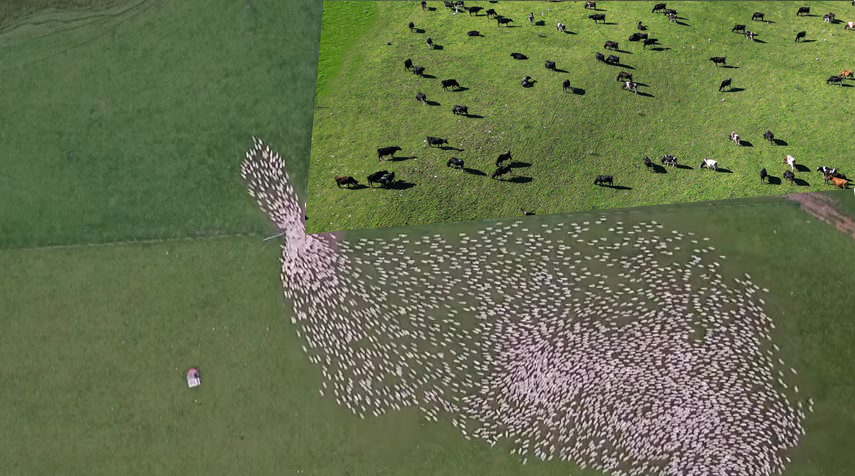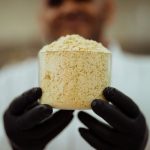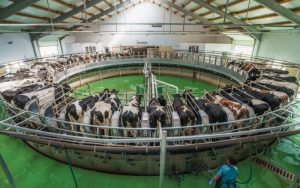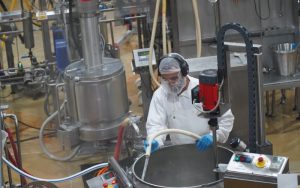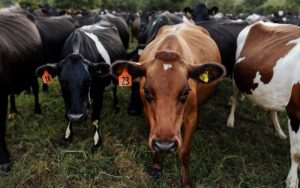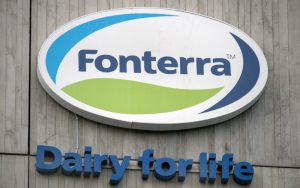
Through most of the last 40 years, the dairy sector has been seen as the way to get rich, in stark contrast to the increasingly threatened red meat industry. Meat has been attacked from both ends by forestry conversions on the higher country and by dairy and viticulture on the flats, not to mention urban sprawl and climate change policies.
As a result sheep and beef farmers and processors have had to increase productivity and efficiency just to survive and, occasionally, prosper. The whole period has seen a tense juggling act between income and costs in which income only sometimes triumphs by a big margin before costs and reduced market returns reassert themselves. Farming and meat processing are almost unrecognisable from 40 years ago, driven by innovation and increased regulation on the one hand and changes to workforce availability, employment laws, and plant utilisation on the other.
The dairy industry was regarded as more fortunate than meat because during the 90s and the first part of the 21st century global demand for New Zealand’s dairy production grew strongly compared with our grassfed lamb and beef. The UK’s accession to the EU in 1973 and removal of tariffs and subsidies in the 80s forced both dairy and meat processing industries to rationalise, not always willingly on the part of the owners or the unions who resisted proposed layoffs and closures.
Changes to the dairy sector which had gone through a whole series of plant closures and coop mergers since the 1950s ultimately led to the formation of Fonterra in 2001. At this point dairy benefited from what was effectively a legislated monopoly with 90% market control, although DIRA ensured some competition to exist.
Government approved or mandated producer boards had controlled the granting of export licenses and at times product ownership for much of the twentieth century. Farmer-owned cooperatives were one structure favoured as an effective way of preventing overseas ownership of production facilities, although British companies Vesteys and Borthwicks controlled a substantial part of the North Island meat industry. Dairy exports were exclusively controlled by the Dairy Board for nearly 80 years until it became part of Fonterra.
The big difference between meat and dairy has always been the procurement function dictated by the need for milk to be collected daily, whereas the decision to sell livestock varies according to seasonal climate conditions. The cooperative structure is a logical outcome of the need for collection certainty, underpinned by the forecast milk price, which makes it essential for a dairy farmer to have a seasonal contract with only one processor.
If a dairy company has a big involvement in both raw milk processing and consumer goods, there is an inevitable tension between the needs of the two. The processor must manage the milk price, sometimes to the detriment of one or the which underlines the basic conflict between maximising the farmer payout and making a profit out of value added products and brands.
Fonterra has concluded it cannot compete effectively with major corporates like Nestle and Danone, and selling the consumer goods arm of the business will ensure Fonterra no longer has to balance them against each other. This conflict could have been avoided if shareholders had approved the split and partial sale of the consumer goods business when it was originally proposed.
Variations between processors’ milk prices may cause dissatisfaction, but this is nothing like the frustration of sheep and beef producers when they think they are being shafted by their processor. This can lead to an immediate decision to send stock elsewhere. It is probably the reason the cooperative structure has been less influential or successful in the meat industry, especially in the North Island which is not as prone to seasonal peaks as the South Island.
Another difference used to be the relative size of meat and dairy processing facilities with meat plants usually covering several hectares and employing large work forces on a single shift, while smaller local dairy factories served their local communities and were typically farmer owned. After the highpoint of 70 million sheep in 1982/3 the population has fallen to below 25 million today which has forced a dramatic reduction of processing capacity. In contrast the national dairy herd has almost doubled in 30 years, although a fall of 500,000 cows since 2019 indicates the peak has passed.
This suggests the dairy industry’s latest rationalisation has started about 30 years later than the meat industry. Synlait’s debt problems and Fonterra’s decision to ask its shareholders to approve the divestment of all its consumer goods businesses are just the beginning of this process. Inevitably the decline in herd numbers will lead to a reduction of dryer capacity around the country, signalled by the underutilisation of Synlait’s plant at Pokeno. Fonterra will not be immune to this changing landscape, with several older facilities needing to be upgraded or ultimately closed if the herd continues to decline.
The Waikato now has too much processing capacity with Synlait and Olam both seeking suppliers, while Tatua and Open Country Dairy are apparently at their optimum level of supply. Presumably Fonterra is satisfied with its present supply base, but is unlikely to be looking to expand. An interesting development is OCD’s intention to build a butter plant scheduled to be completed some time next year and, given Talley’s ownership, its output will be priced competitively.
Time will tell whether Fonterra’s shareholders have changed their desire to hold on to their branded assets, but the board’s clear intention to sell these signals Fonterra wants to focus on what it considers its core business of milk collection, processing and ingredient supply. The rest of the dairy industry concentrates on a narrow range of added value products, mainly directed towards food service, nutritional and consumer end uses.
With the exception of Silver Fern Farms which is stoic in its determination to market a whole range of branded consumer products domestically and in export markets, the meat industry largely restricts product development activities to specific products that meet retail customer needs and specialist end uses. Some of these carry the meat exporter’s brand to final point of sale, but they could not be described as a comprehensive consumer goods business development.
Most of New Zealand’s two largest export sectors appear to have accepted the inevitability of achieving excellence as a processor and supplier of commodity products and ingredients, because they simply do not have enough scale and financial strength to be international consumer goods marketers. Time will tell if this is always the right strategy.
You can now read the most important #news on #eDairyNews #Whatsapp channels!!!
🇺🇸 eDairy News INGLÊS: https://whatsapp.com/channel/0029VaKsjzGDTkJyIN6hcP1K
